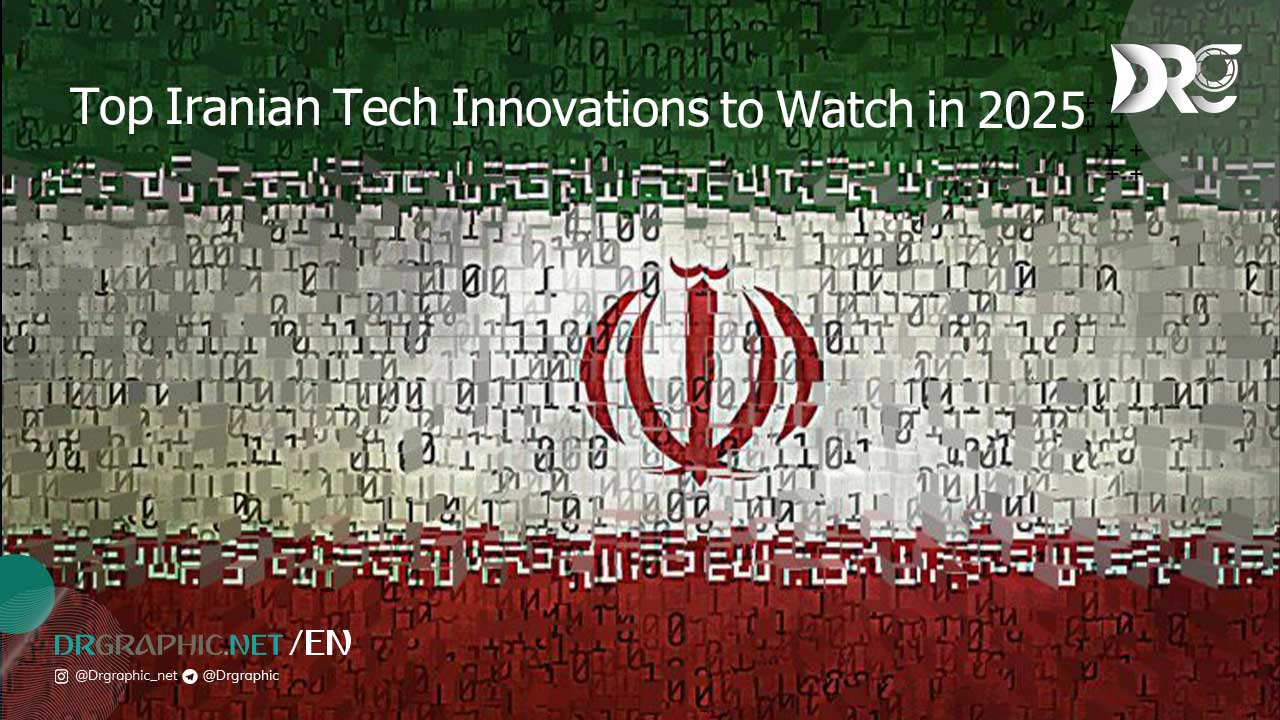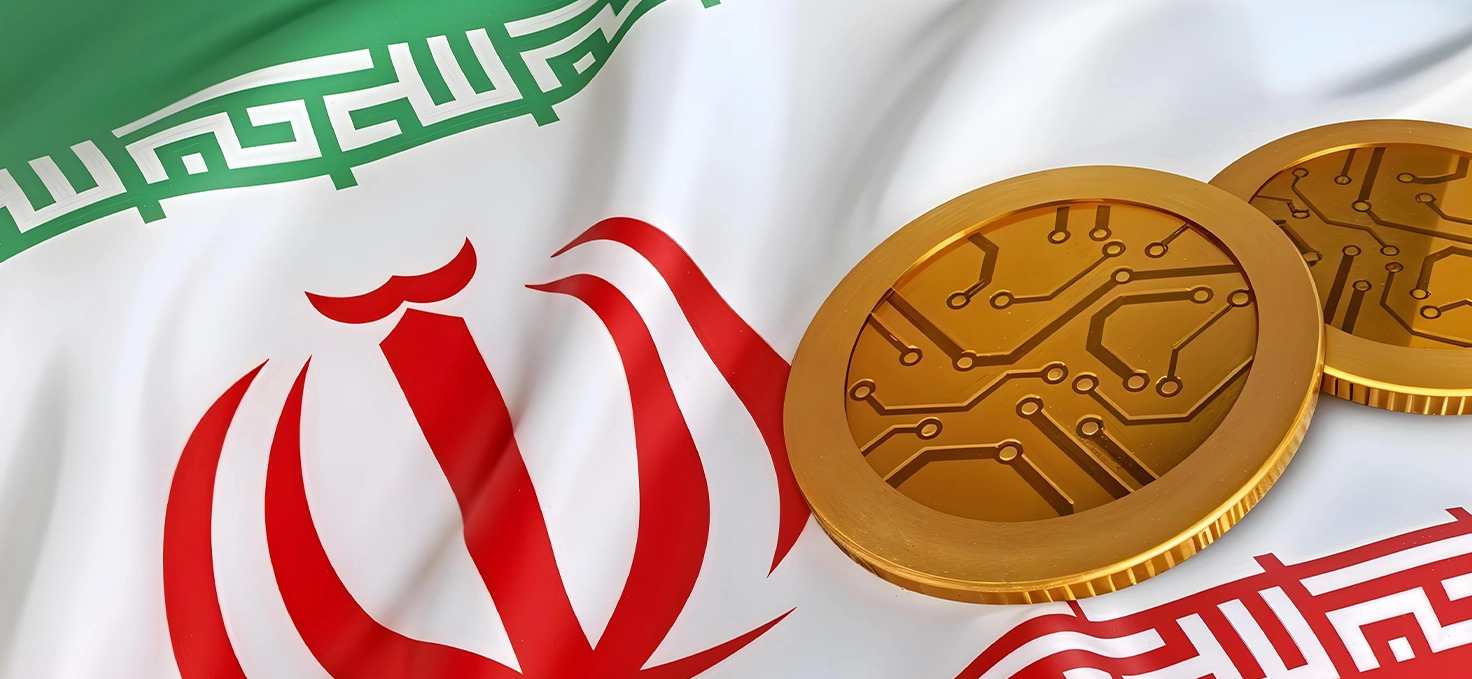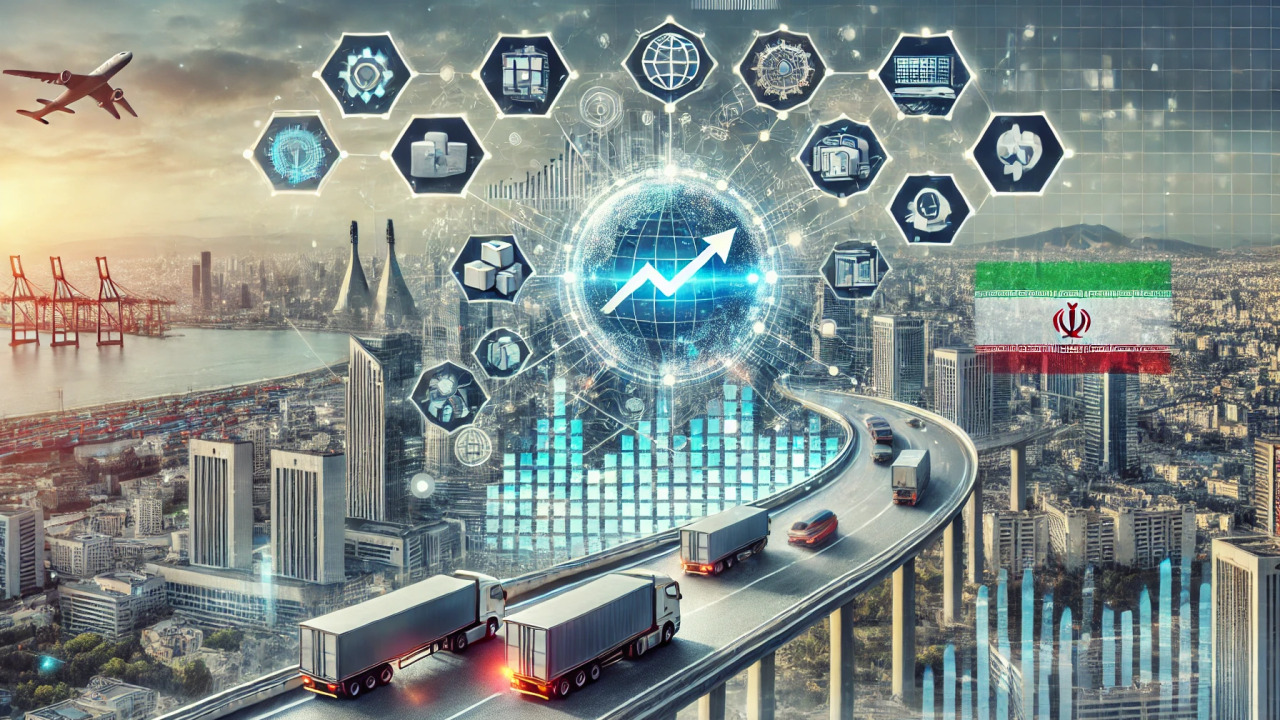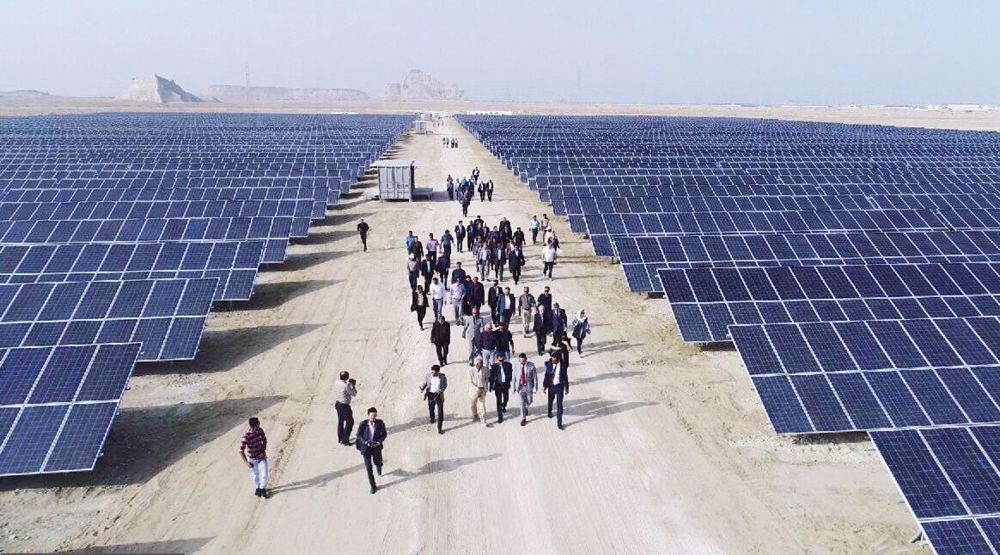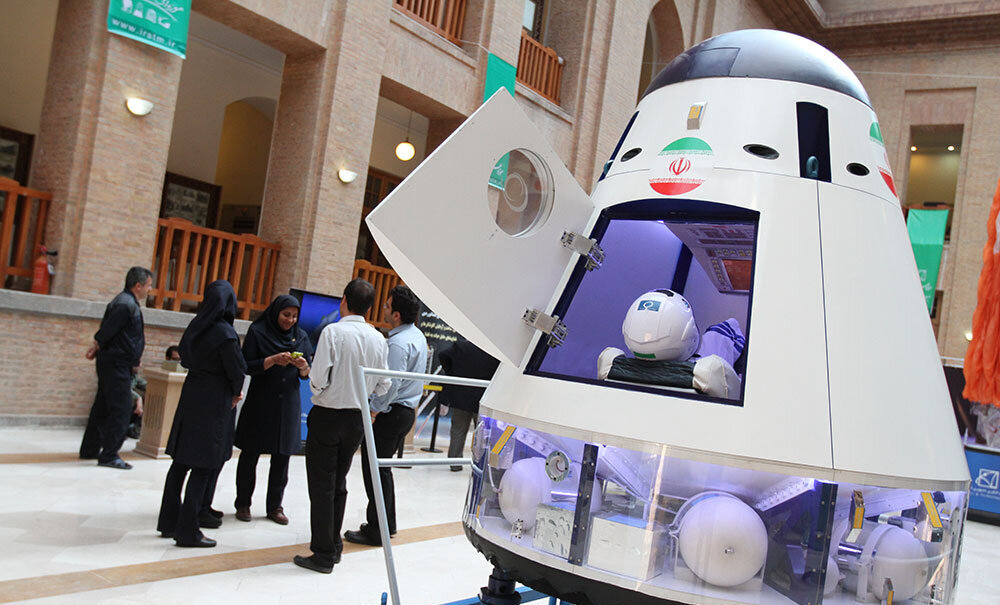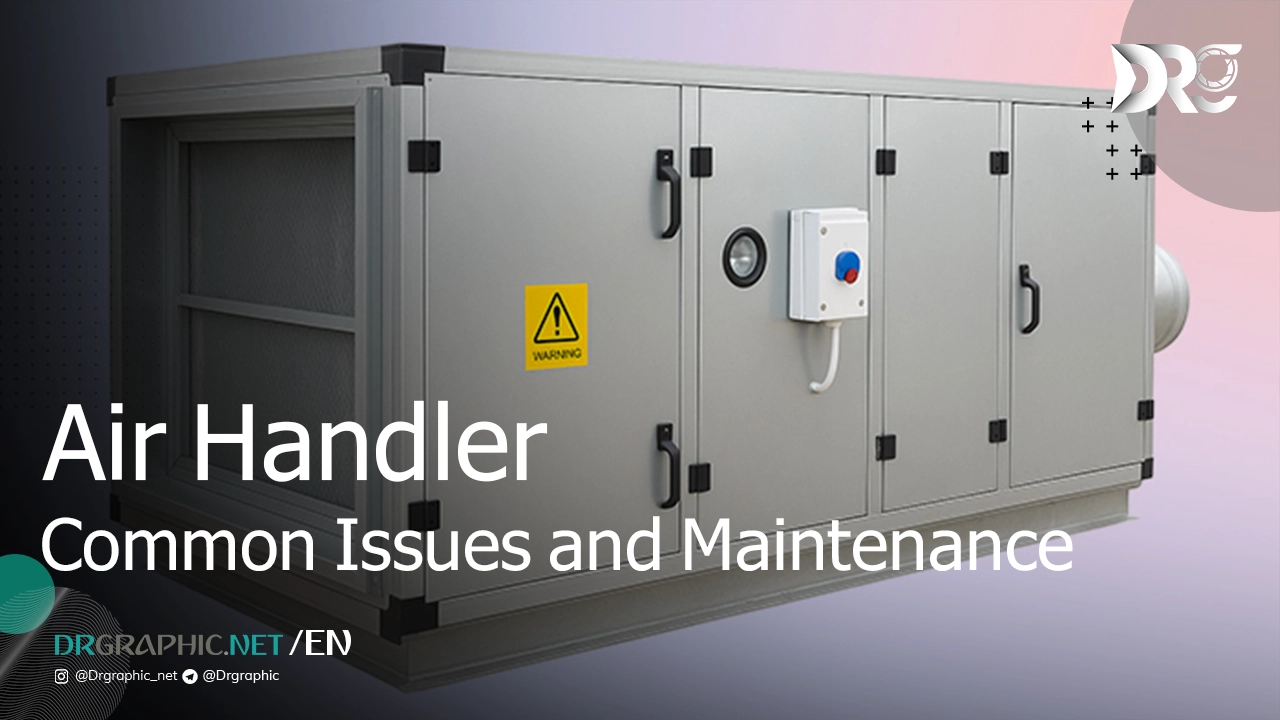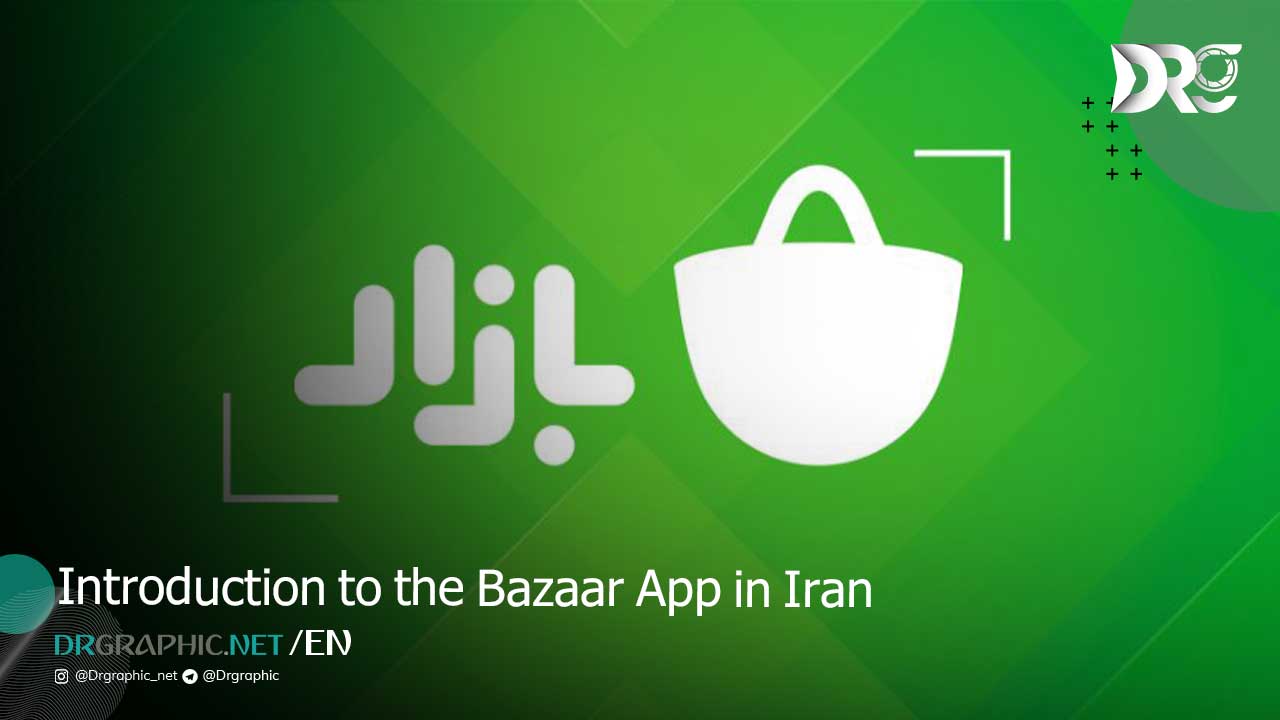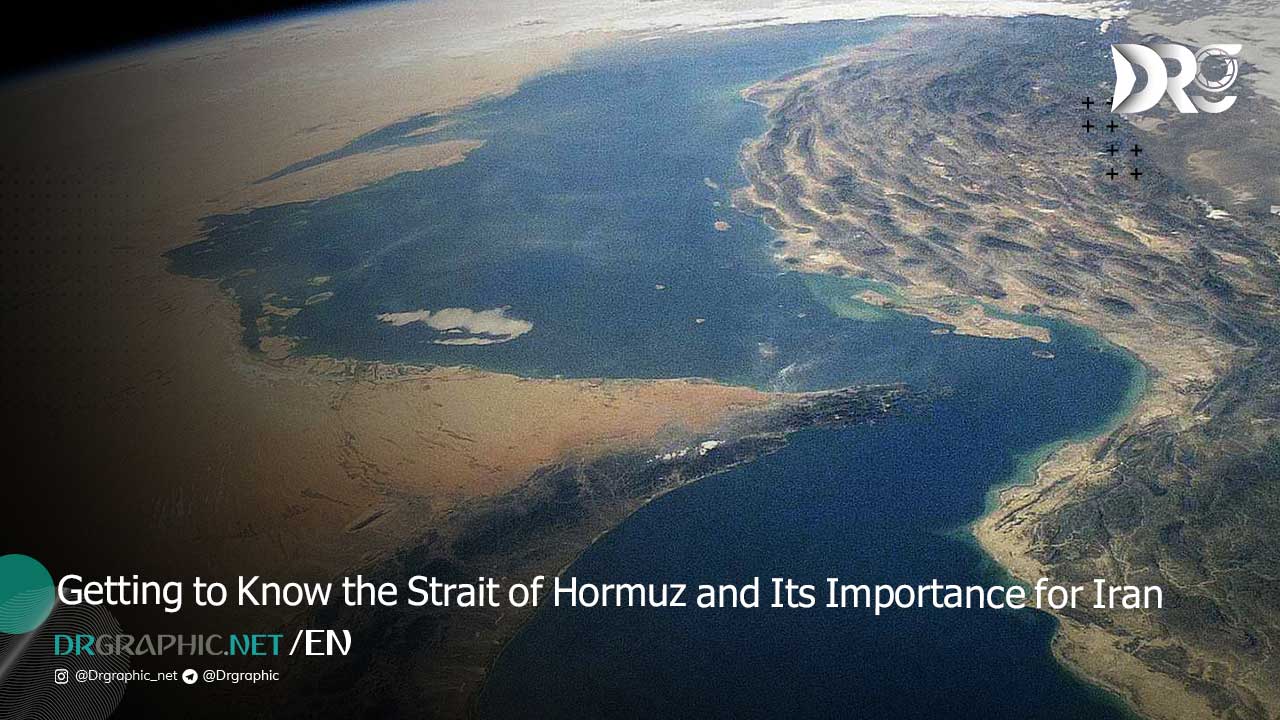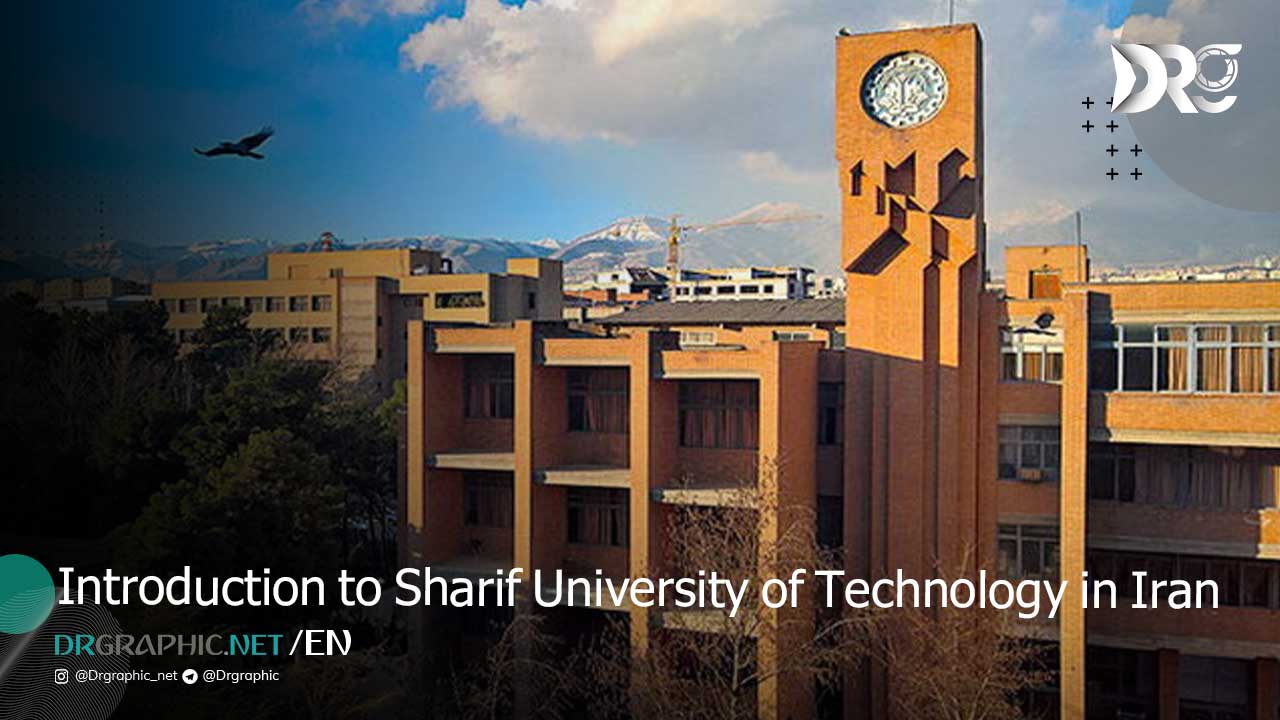Iran has long been recognized for its rich cultural heritage and strategic position in the Middle East. However, in recent years, the country has also emerged as a hub for technological innovation, overcoming unique challenges like sanctions and limited access to global markets. Iranian tech startups and researchers have made significant strides in diverse fields, including artificial intelligence (AI), blockchain, and renewable energy. With 2025 on the horizon, the spotlight is on the technologies shaping Iran’s future.
This article from Dr.Graphic explores the most promising Iranian tech innovations to watch in 2025, highlighting their potential to redefine industries and bolster the economy.
Artificial Intelligence (AI): Driving Efficiency Across Industries
AI is rapidly becoming a cornerstone of Iran’s tech ecosystem. Iranian developers and companies are leveraging AI to improve processes in healthcare, education, and transportation. For instance:
Healthcare: AI-powered diagnostic tools are being developed to assist doctors in identifying diseases faster and more accurately.
Education: E-learning platforms are using AI to personalize educational content, catering to diverse learning styles and needs.
Transportation: Startups are introducing AI-driven traffic management systems to reduce congestion in urban areas like Tehran.
Despite of the impact of sanctions, Iranian AI researchers have published numerous papers in international journals, showcasing the country’s resilience and innovation.
Blockchain Technology: Redefining Financial Systems
Blockchain has gained traction in Iran as a tool to circumvent traditional financial barriers. Iranian startups are pioneering solutions in areas like:
Cryptocurrencies: Despite regulatory challenges, Iranians have adopted cryptocurrencies like Bitcoin for cross-border transactions.
Supply Chain Management: Blockchain-based platforms are enhancing transparency and efficiency in industries like agriculture and manufacturing.
Smart Contracts: These are being explored to automate processes in legal agreements, reducing costs and time.
Iran’s strategic focus on blockchain is set to revolutionize how businesses operate in 2025, offering decentralized solutions for economic growth.
Internet of Things (IoT): Connecting Iran’s Infrastructure
The Internet of Things (IoT) is playing a critical role in modernizing Iran’s infrastructure. Key applications include:
Smart Cities: Projects in cities like Mashhad are integrating IoT solutions to improve waste management, energy consumption, and public transportation.
Agriculture: IoT sensors are helping farmers monitor soil conditions, optimize irrigation, and increase crop yields.
Industrial Automation: Factories are adopting IoT devices to enhance efficiency and reduce operational costs.
IoT’s adoption is expected to grow significantly, driven by Iran’s young and tech-savvy population.
Renewable Energy Technologies: A Sustainable Future
Iran’s abundant natural resources make it a prime candidate for renewable energy development. The country has invested in technologies such as:
Solar Power: Innovative solar panel designs are being developed to harness Iran’s high solar irradiance.
Wind Energy: Coastal regions are witnessing the installation of wind farms with advanced turbines.
Energy Storage: Iranian researchers are focusing on developing efficient battery systems for energy storage.
These advancements not only contribute to environmental sustainability but also reduce reliance on fossil fuels, aligning with global trends.
Space Technology: Expanding Beyond the Earth
Iran’s space program has made headlines with its advancements in satellite technology. In 2025, key areas to watch include:
Satellite Development: Iran has successfully launched domestically-made satellites for communication and research purposes.
Space Exploration: The country’s long-term goals include developing capabilities for manned missions.
Data Utilization: Satellite imagery is being used for applications like disaster management and urban planning.
Iran’s space ambitions demonstrate its commitment to technological progress on a global scale.
Challenges and Opportunities
While these innovations highlight Iran’s potential, challenges remain:
- Sanctions: Limit access to cutting-edge technology and international collaborations.
- Brain Drain: Many skilled professionals leave Iran for opportunities abroad.
- Regulatory Hurdles: Unclear policies can hinder tech adoption and growth.
However, the opportunities are immense. Iran’s young, educated population and strong entrepreneurial spirit are driving forces behind these innovations. Increased investment in R&D and fostering partnerships with neighboring countries could unlock even greater potential.
previously on Dr.Graphic:
Conclusion
As 2025 approaches, Iran stands at the crossroads of technological transformation. Innovations in AI, blockchain, IoT, renewable energy, and space technology are not only shaping industries but also paving the way for a more resilient and sustainable economy.
Despite challenges, the progress made by Iranian tech innovators is a testament to the country’s adaptability and creativity. With the right support and vision, these technologies have the power to position Iran as a leading player in the global tech landscape.
Iran’s journey into the future is one to watch closely—both for its ingenuity and its determination to overcome obstacles.
Resources: Press _ WIKIPEDIA
How useful was this post?
Click on a star to rate it!
Average rating 0 / 5. Vote count: 0
No votes so far! Be the first to rate this post.

